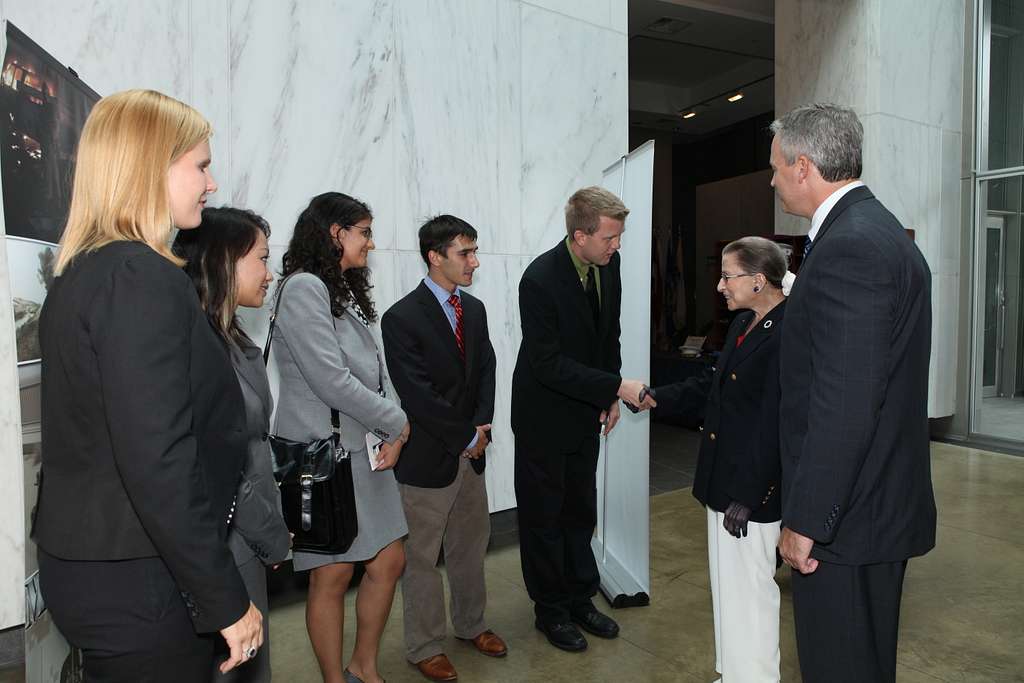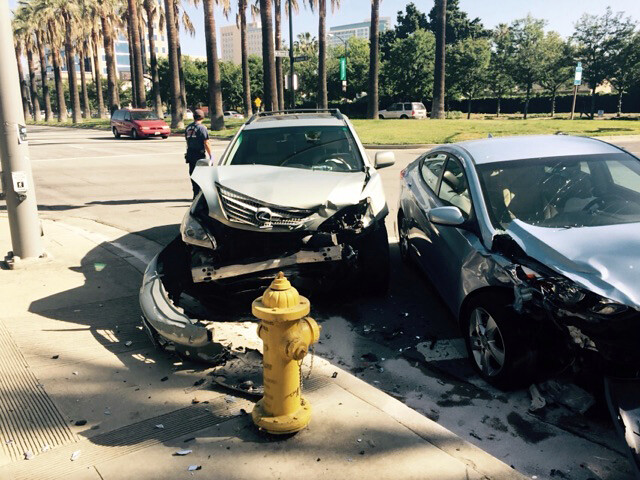It looks as if an objector to a stamped signature or a computer generated signature needs to present some evidence that the signature is not holographic in order to raise an issue of fact. Eden Med., P.C. v Eveready Ins. Co., 2010 NY Slip Op 50265(U)(App. Term 2d Dept. 2010). Equally as important is that the defect may be cured in a reply.
“When an allegation that a peer review report contains a stamped signature of the peer reviewer is properly asserted, it generally cannot be resolved solely by an examination of the papers submitted on a motion for summary judgment, because an issue of fact exists (see Seoulbank, NY Agency v D & J Export & Import Corp., 270 AD2d 193 [2000]; Dyckman v Barrett, 187 AD2d 553 [1992]; Mani Med., P.C. v Eveready Ins. Co., 25 Misc 3d 132[A], 2008 NY Slip Op 52697[U] [App Term, 2d & 11th Jud Dists 2008]; see also James v Albank, 307 AD2d 1024 [2003]). However, in the instant case, plaintiff’s mere assertion that the peer review report contained a stamped facsimile signature, without any indication as to why it believes the signature is a stamped facsimile signature, is insufficient to raise an issue of fact. In any event, in [*2]reply, defendant submitted an affidavit from the peer reviewer in which she stated that she had “personally applied the signature on the peer review report.” In light of the foregoing, the order, insofar as appealed from, is affirmed.”












